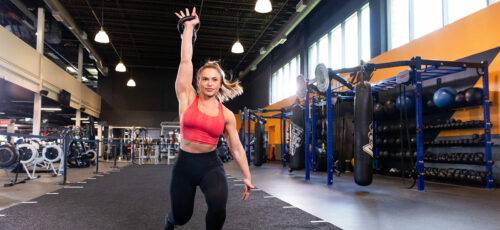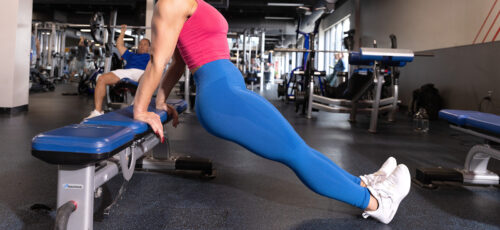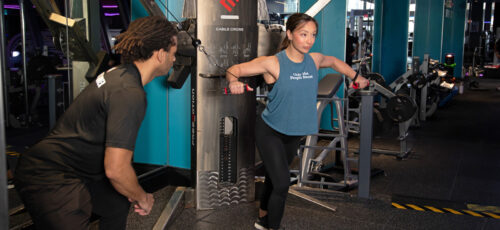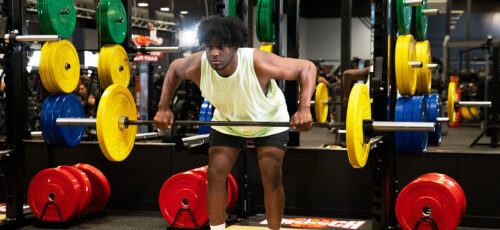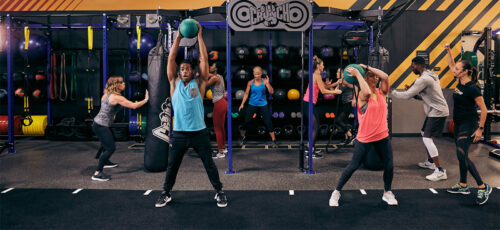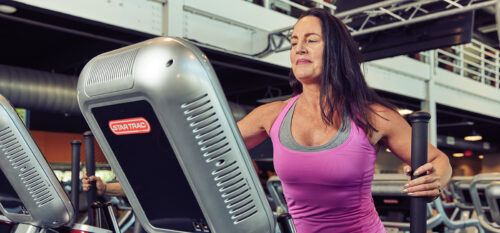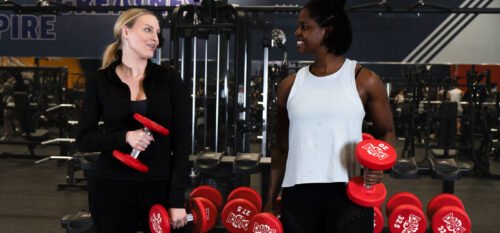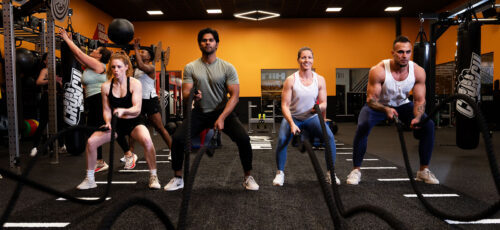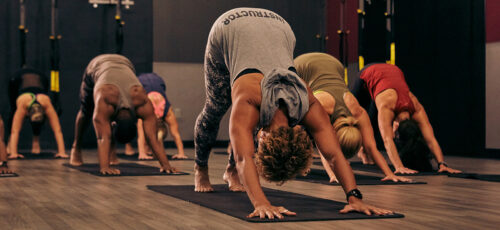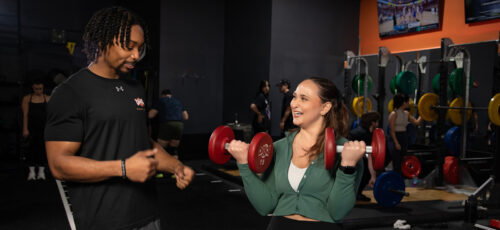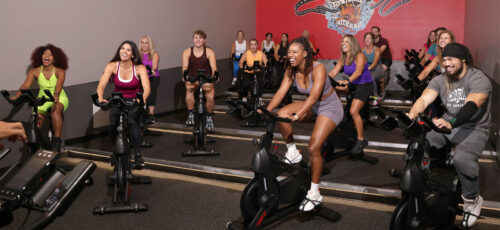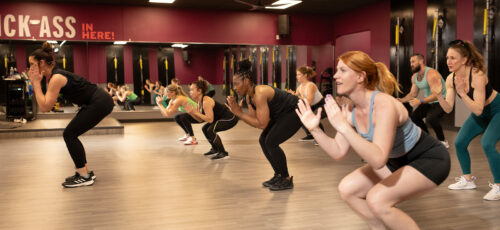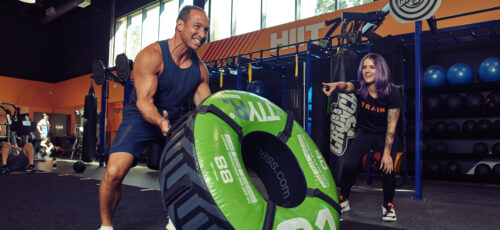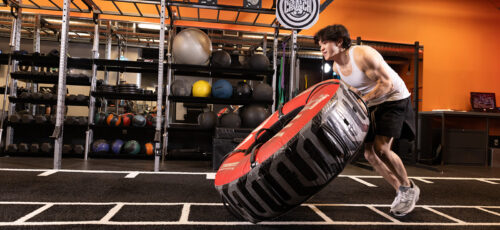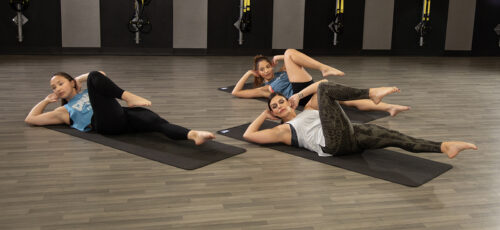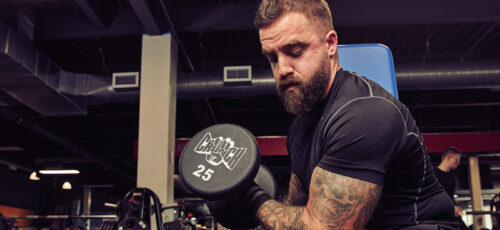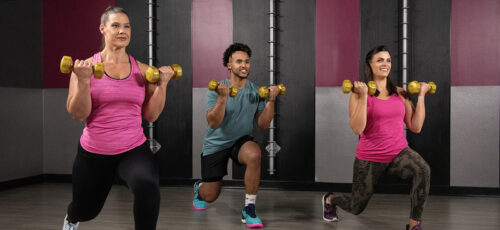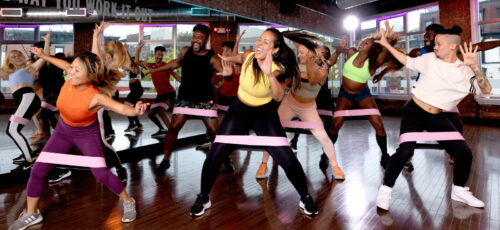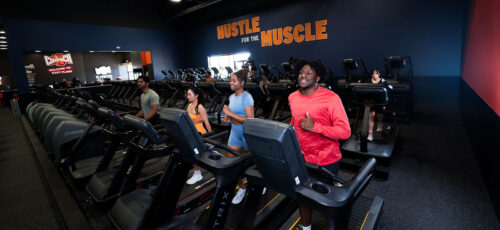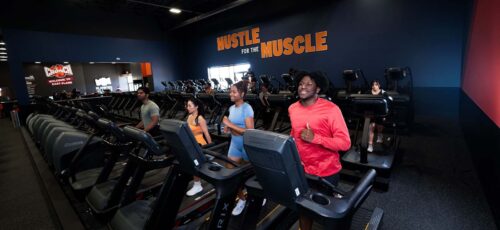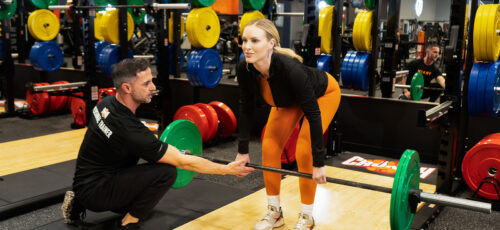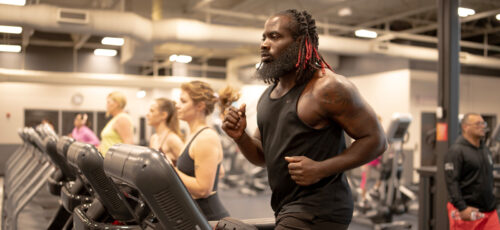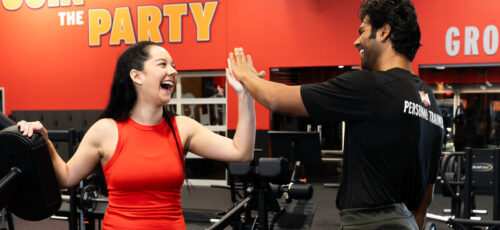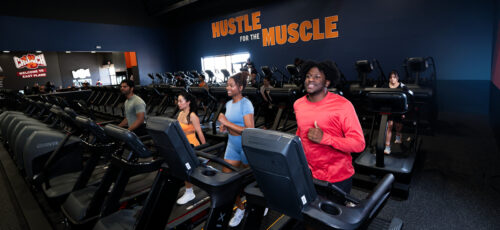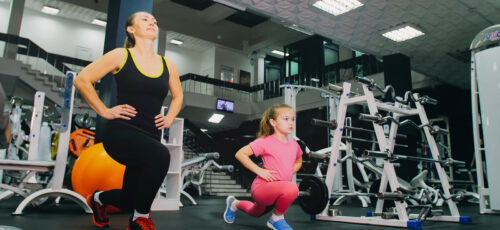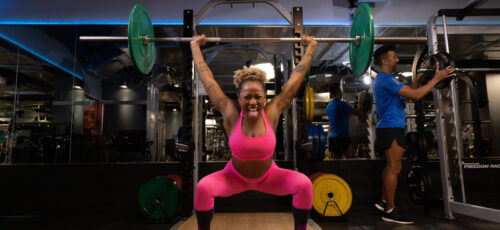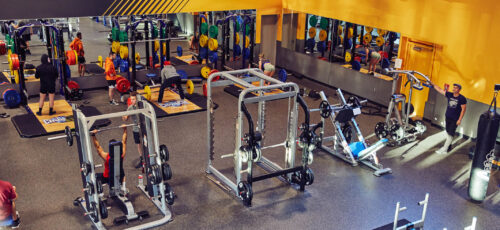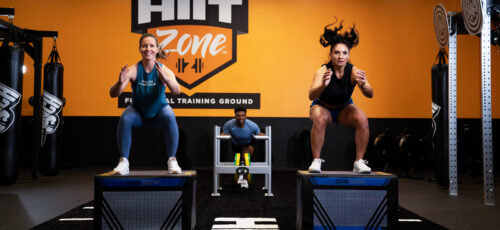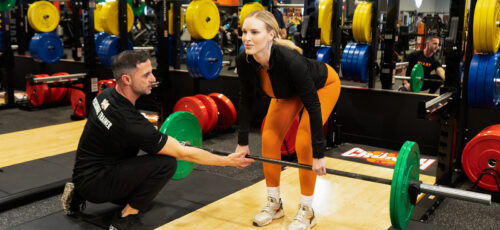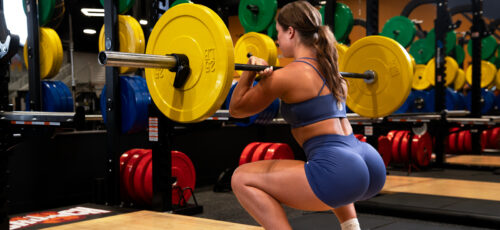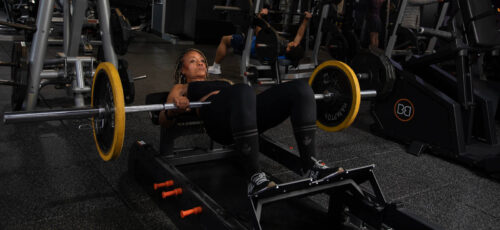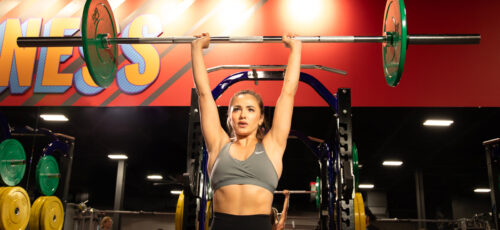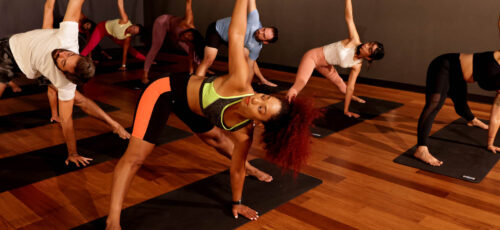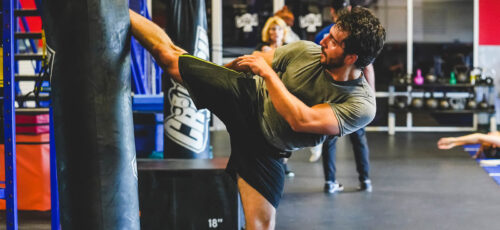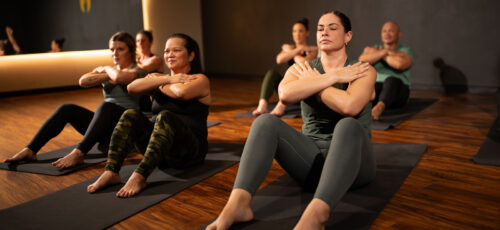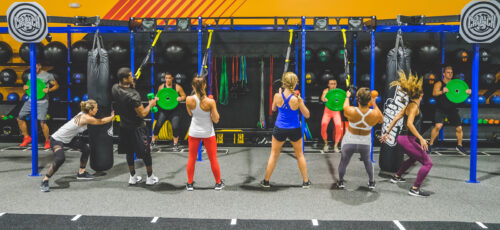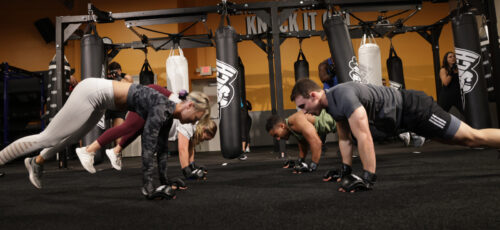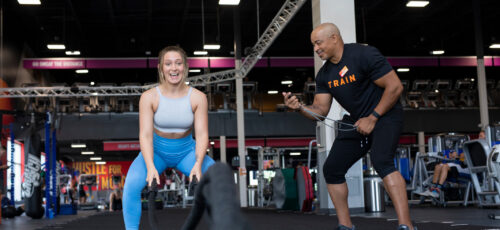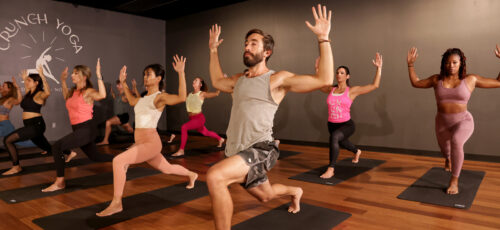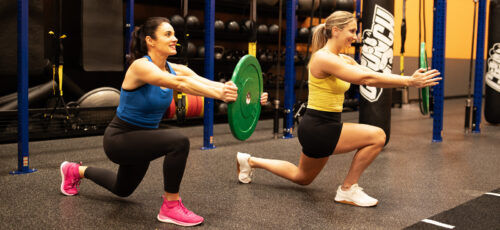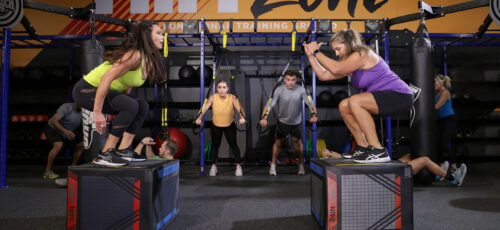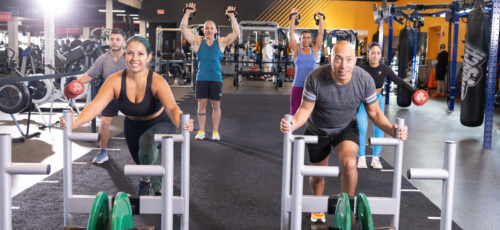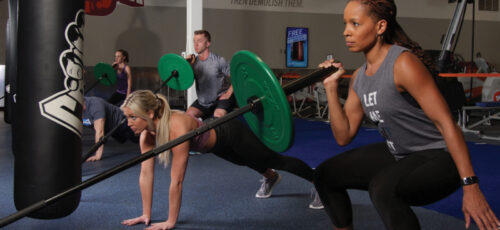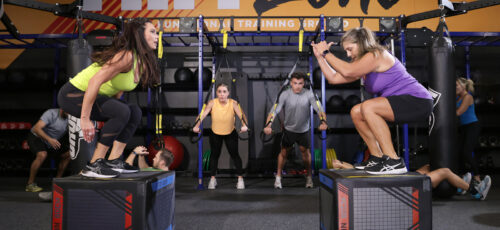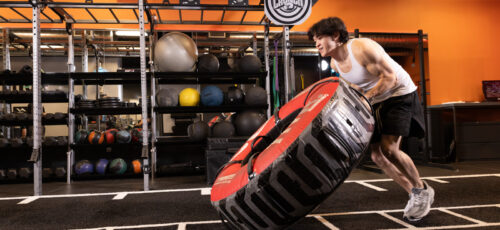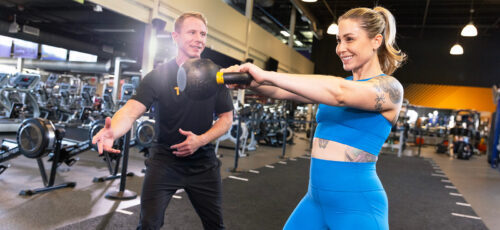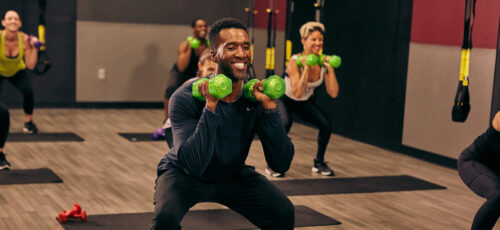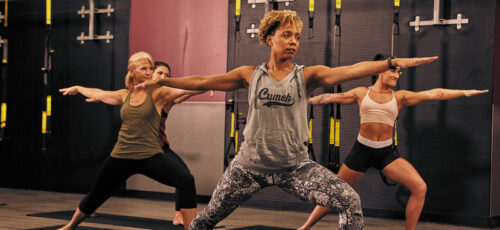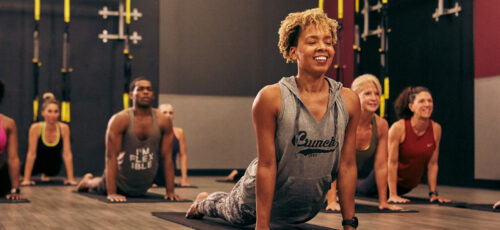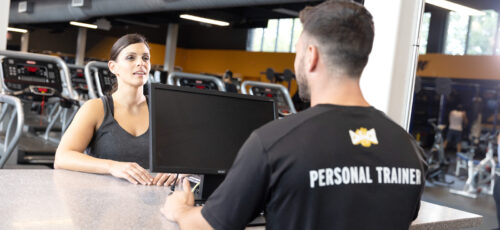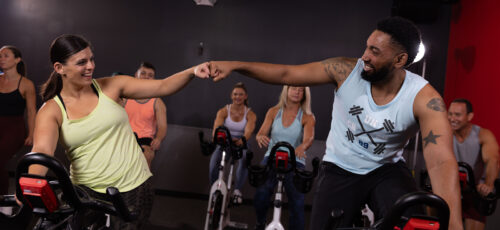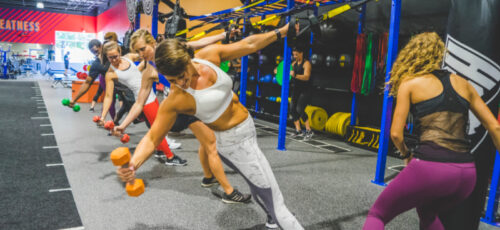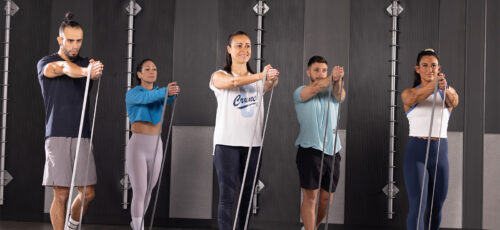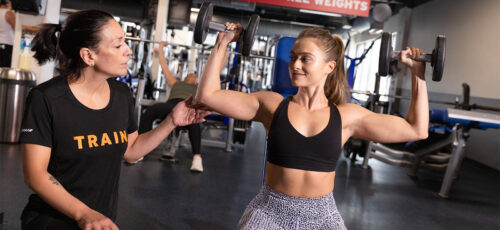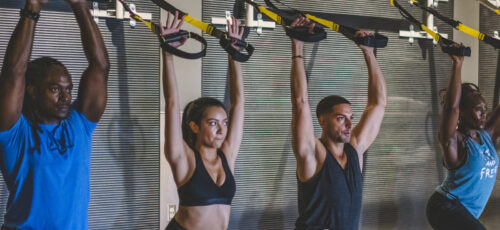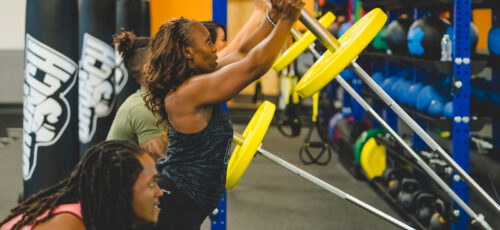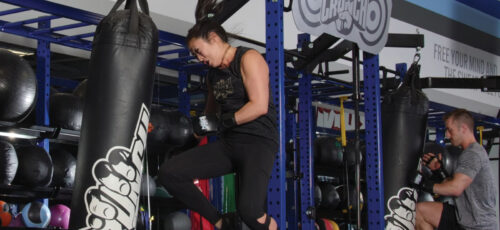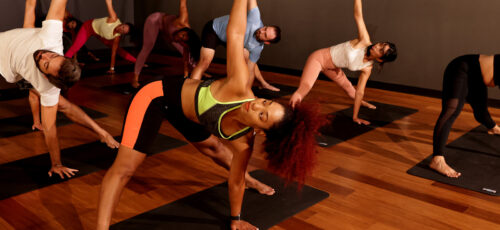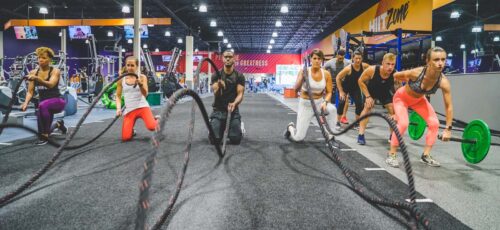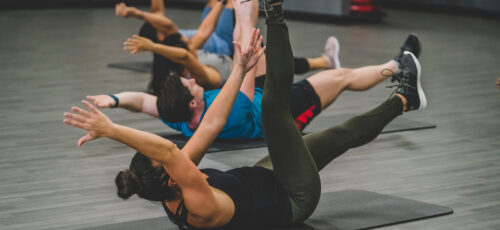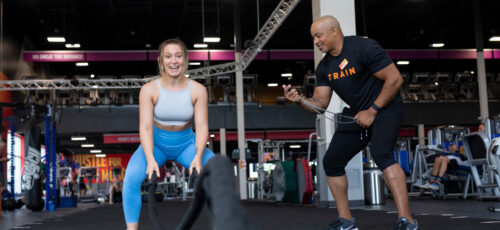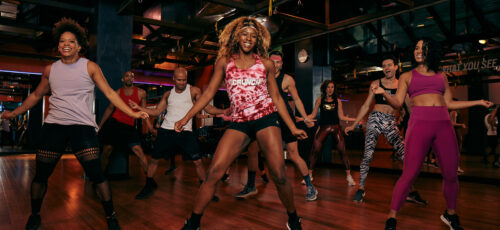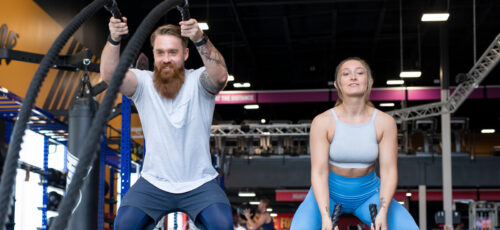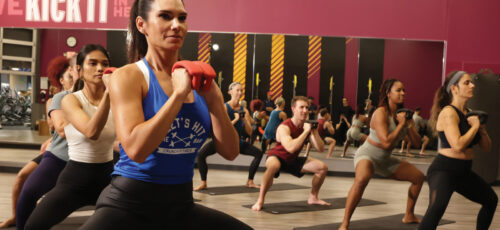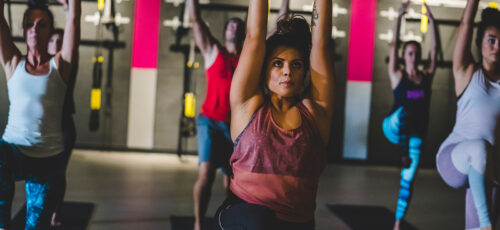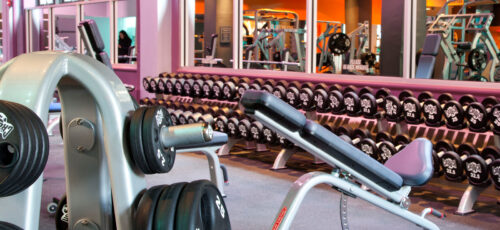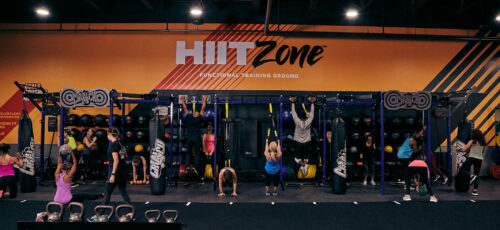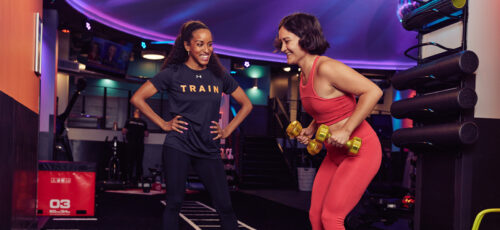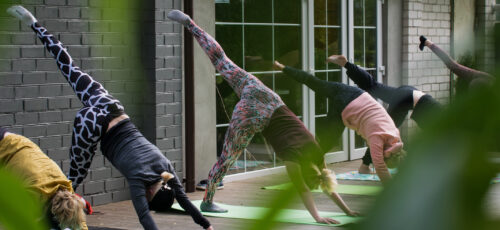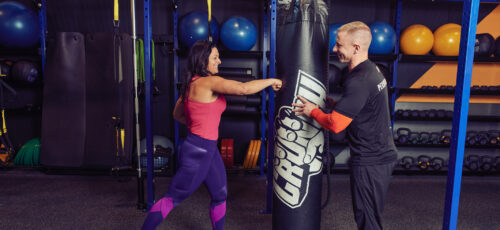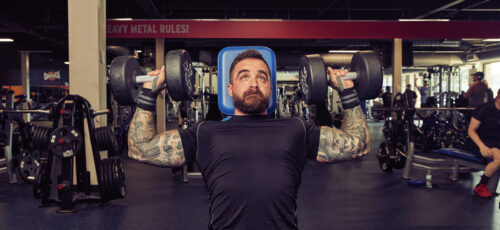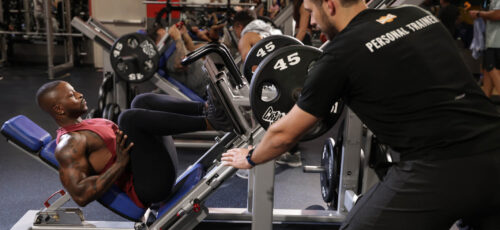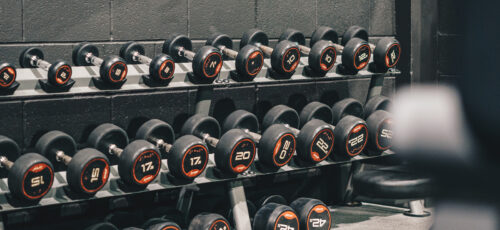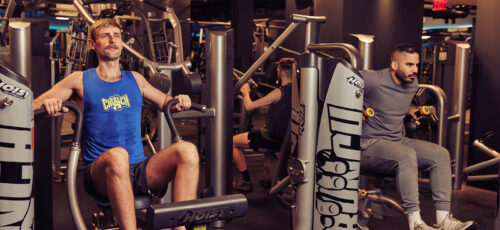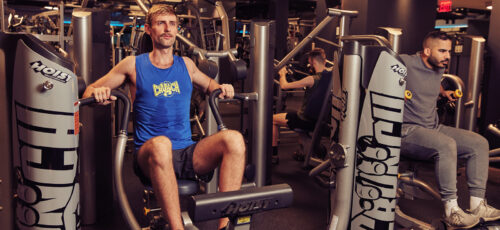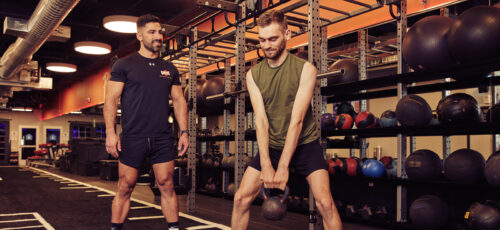
Do you want to run longer, lift heavier, or power through workouts without feeling like a zombie the next day? Building stamina and endurance isn’t about going all out 24/7—it’s about training smart so your body adapts without crashing.
Think of endurance as your ability to keep moving for extended periods without gassing out. Whether it’s a high-intensity workout, a long-distance run, or just keeping up with life, stamina combines cardiovascular fitness, muscular endurance, and mental resilience. The trick? Finding the balance between pushing limits and proper recovery.
Here’s the game plan:
- Mix up your training – Alternate between steady-state cardio, interval training, and endurance exercises to challenge your cardiovascular system.
- Strength matters – More repetitions with lighter weights boost muscular endurance, helping you sustain physical effort.
- Rest smarter, not less – Strategic rest intervals and recovery workouts (yoga and mobility work) prevent burnout.
- Train your mind, too – Mental stamina helps you overcome fatigue when your body says, “No.”
The goal? Improve endurance, build stamina, and keep crushing workouts without hitting a wall. Ready to go the distance? Let’s do this!

Understanding Endurance and Stamina
What is Endurance?
Endurance is the body’s ability to sustain physical activity for extended periods—whether it’s a long-distance run, a grueling cycling class, or even holding a squat while your trainer “forgets” the time.
There are two types of endurance you need to know:
Cardiovascular endurance
This is your heart and lungs’ ability to keep up with oxygen demands during an activity. It helps you run, bike, swim, or do any cardio workout without gasping for air.
Muscular endurance
This is your muscles’ ability to perform repetitive movements over time. Think of cranking out push-ups, holding a plank, or repping out lighter weights without giving up.
Want to improve endurance? Interval training, steady-state cardio, and resistance training are your best friends. A mix of these helps your body use oxygen more efficiently while training your muscles to last longer without fatigue.
What Is Stamina?
Now, stamina is where things get spicy. Stamina combines endurance with power and mental resilience—your ability to sustain an intense workout at a high level.
- Ever seen a sprinter push through their final stretch? That’s stamina.
- Cycling through an entire spin class without slowing down? Stamina.
- Pushing past the “burning sensation” in your muscles to finish those last few reps? Yes, stamina.
Stamina isn’t just about physical fitness—it’s also a mental game. The stronger your mental stamina, the easier it is to push through fatigue and reach your fitness goals.
Stamina vs. Endurance: Key Differences & Training Tips
| Aspect | Endurance | Stamina |
| Definition | The ability to sustain physical activity over an extended period. | The ability to maintain high-intensity efforts and push through fatigue. |
| Main Focus | Efficiency – How long your heart, lungs, and muscles can keep working. | Power & Resilience – How long you can perform at maximum effort. |
| Examples | Running a marathon, cycling long distances, doing high-rep workouts. | Sprinting, HIIT workouts, intense weightlifting, repeated explosive movements. |
| Key Training Methods | Steady-state cardio, low to moderate resistance training, longer workouts with consistent intensity. | Interval training, lifting heavier weights with fewer reps, short bursts of high effort followed by rest. |
| Muscle Groups Used | Primarily slow-twitch fibers, which help with long-duration activities. | Engages more fast-twitch fibers, responsible for short, powerful movements. |
| Role of Mental Strength | Helps with pacing and sustaining activity for longer durations. | Requires mental grit to push through fatigue and discomfort. |
| Recovery Needs | More about consistent training and gradual improvements over time. | Requires proper rest intervals to prevent overtraining and burnout. |
| Best Exercises to Improve | Jogging, swimming, cycling, rowing, jump rope, bodyweight exercises (push-ups, squats). | Sprints, HIIT, plyometrics, circuit training, heavy lifts with controlled rest. |
| Who Should Focus on It? | Runners, triathletes, endurance cyclists, anyone aiming for long-duration activities. | Athletes, weightlifters, HIIT enthusiasts, or anyone wanting to boost explosive power. |
How to Build Stamina and Endurance Like a Pro
Do you want to power through your workouts with more energy? Building stamina and endurance is the key to achieving your goals. However, while these terms are often used interchangeably, they require slightly different training approaches.
Let’s explain.
Training for Muscular Endurance
Muscular endurance is the length of time your muscles can sustain repetitive movements before they become fatigued. The key? Lighter weights, higher reps, and minimal rest.
How to Train for Muscular Endurance:
- Use bodyweight exercises (push-ups, squats) or light weights
- Aim for 15+ repetitions per set
- Keep rest periods under a minute to maintain intensity
- Beginners: Start with 1-2 sets per exercise
- Advanced gym-goers: Try multiple sets or progressive overload
Want to level up? Aerobic activities like running, cycling, and rowing train muscle endurance by making your body work against resistance over extended periods.
Training for Cardiovascular Endurance & Stamina
Cardiovascular endurance is the ability of your heart and lungs to sustain physical activity over time. To build this, focus on aerobic capacity—the more efficient your cardiovascular system, the longer you can perform!
How to Train for Cardiovascular Endurance:
- Start with steady-state cardio (walking, swimming, cycling) at a moderate intensity
- Gradually increase duration and intensity to challenge your body
- Add interval training (alternating high-intensity bursts with recovery periods)
- Try pace/tempo training—maintaining a challenging but sustainable speed
For advanced fitness levels, pushing stamina further means increasing workout intensity and incorporating high-effort bursts.
Boosting Stamina for Maximum Performance
If endurance is about sustaining activity, stamina is about pushing through discomfort and maintaining high-intensity efforts for longer.
How to Improve Stamina:
- Do HIIT (High-Intensity Interval Training) workouts
- Train with explosive movements (sprints, kettlebell swings, jump squats)
- Use short rest intervals to mimic real-life endurance demands
- Push yourself to maintain intensity even when fatigued
Don’t Forget Mental Stamina
Physical stamina means nothing without mental grit. Training your brain to push through discomfort can make all the difference.
- Visualization techniques (imagine yourself succeeding!)
- Meditation & breath control for better focus
- Progress tracking to stay motivated
How to Measure and Improve Your Stamina and Endurance
You’re putting in the effort, but how can you tell if your stamina and endurance are improving? While endurance has more formal testing methods, stamina can be tracked through noticeable performance gains. Let’s break it down in a way that makes sense for your fitness journey!
How to Test Cardiovascular Endurance
Cardiovascular endurance refers to how efficiently your heart, lungs, and blood vessels supply oxygen to your muscles during exercise. The most scientific test for this is VO2 max, which measures your body’s oxygen use at peak exertion.

However, since this requires specialized equipment, here are simpler ways to track progress:
- Workout Duration – Can you run, cycle, or row for longer without stopping?
- Recovery Time – Are your rest intervals shorter, yet you feel just as strong?
- Effort Level – Does the same workout feel easier over time?
How to Measure Muscular Endurance
Muscular endurance is the ability of muscles to sustain effort over extended periods. The best way to measure it is through repetition-based tests.
- Choose exercises like push-ups, squats, or planks
- Perform reps until muscle fatigue sets in
- Track progress—if you can do more reps or hold a position for longer, you’re improving!
Bonus tip: If lifting weights, see if you can increase reps with the same weight or move to heavier weights while maintaining form.
Signs That Your Stamina is Improving
Stamina combines endurance and mental toughness—your ability to keep going at higher intensities. Unlike endurance, stamina doesn’t have a set test, but here’s how you’ll know you’re making progress:
- Can you complete intense workouts without feeling drained?
- Are you able to push past discomfort and stay strong?
- Do you have more energy throughout longer workouts?
How Long Does It Take to See Results?
Building stamina and endurance takes time, but the good news is that results will follow if you stay consistent.
- Beginners: Expect to see changes within a few weeks—like better breathing and increased workout time.
- Experienced gym-goers: Keep challenging yourself with progressive overload and interval training to avoid plateaus.
What Else Affects Your Progress?
Your lifestyle choices play a huge role in how quickly you improve. Stay hydrated, sleep well, eat properly, and allow your muscles time to recover.
Join Us
Building stamina and endurance isn’t just about fitness—it’s about building resilience in life. Stick with it, push your limits, and celebrate every step forward.
Crunch promotes a culture of positivity, inclusivity, and fun with no judgments by providing an environment for all individuals regardless of their health and fitness goals. Find a Crunch gym near you to try our free trial membership, or join Crunch now. We’re here for you – at the gym or at home. Access the best live & on-demand workouts anytime, anywhere with Crunch+. Ready to get sweaty? Try hundreds of workouts for free! Start your free trial now!












